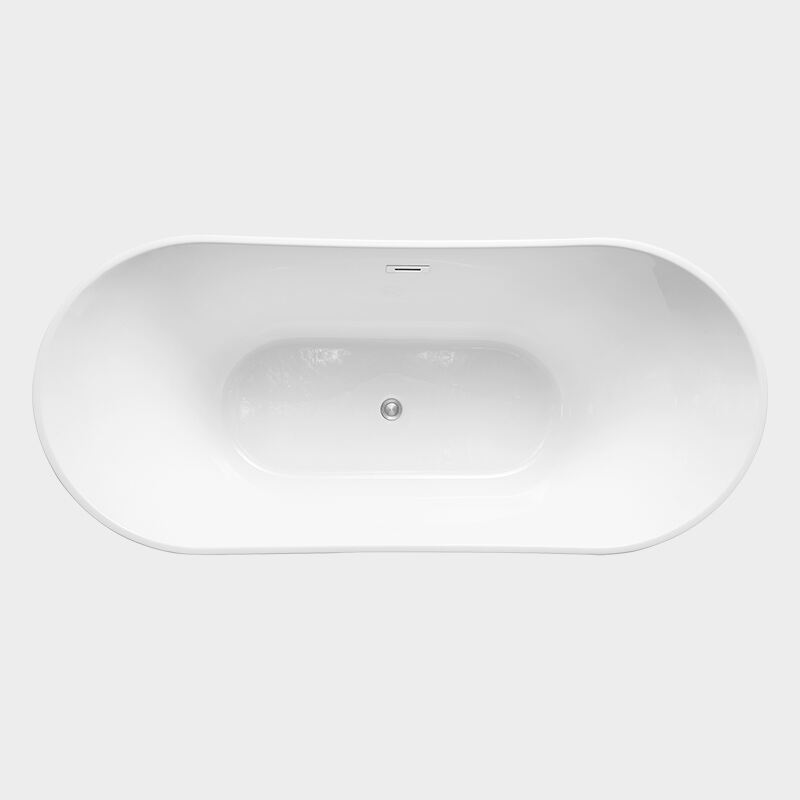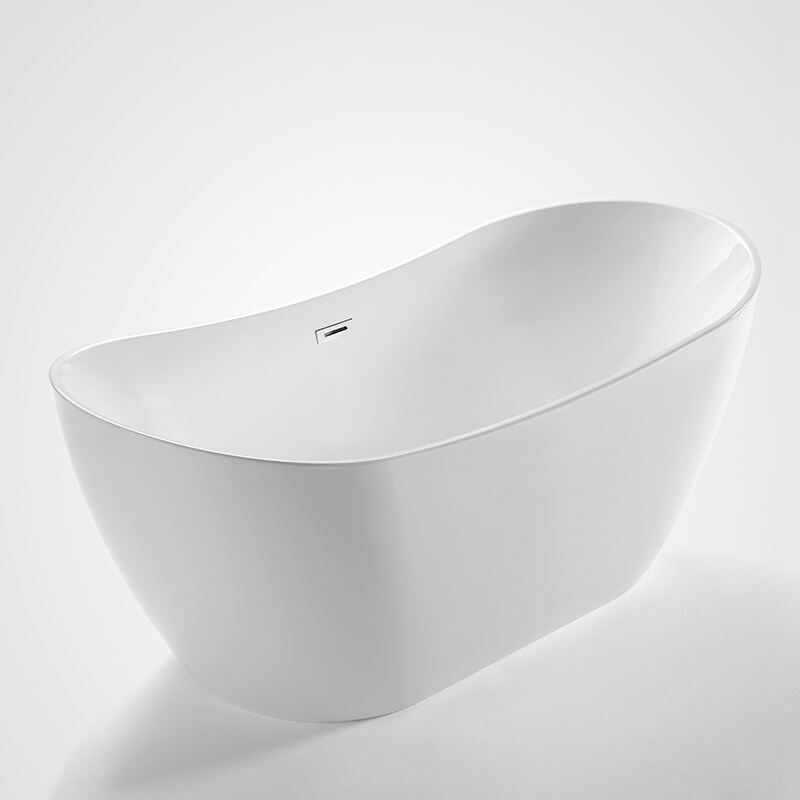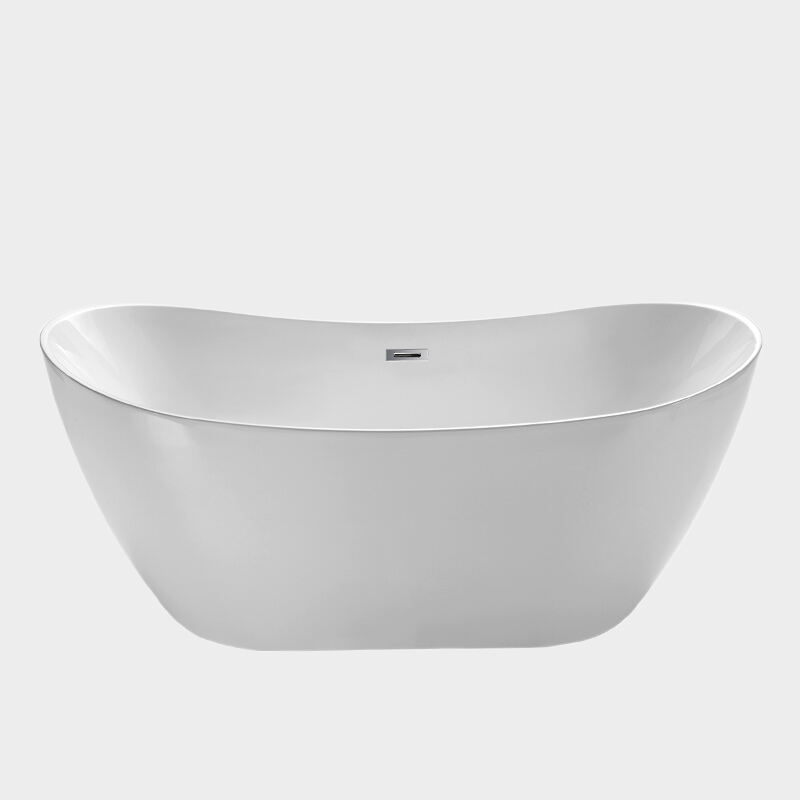тәуелсіз тұрған ванна
Жалған қабырғалы тұмбындаушы сәулелік туалет кіші және дизайның барлық мүмкіндіктерін береді. Традиционалдық екілікті тұмбындаушылардан өзгеше, олар айнымалы қуатты жерге тірелген нүктелер ретінде қызмет етеді және орналастыру үшін толық гибридтік мүмкіндіктерді ұсынады. Кез келген материалдардан жасалған совремалдық жалған қабырғалы тұмбындаушылар - акрил, кастинг деген және таңбалы құрамаға қатысты, әрқайсысы ыстықты сақтау, ұзақ уақытқа дейінгі және көркем дизайн қасиеттері бойынша бір-біріне әр түрлі қызметтер ұсынады. Бұл тұмбындаушылардың көпшілігі ыстықтық қызметкерлік дизайнмен жасалған, қуаныштық қысқартылған аралар мен деректік соқпа құлындары бар, бұл толық дене топырағын ұсынады. Көптеген моделдерде шынайы технологиялар қолданылады: ішкі қызырлану қорғауы, интегралды тіркелу жүйесі және зерттеулерге сай құрылған су шығуы. Тұмбындаушылардың көпшілігі әрбір поверхносттағы дәлдікпен деңгейлену үшін өзгертуге болатын аяқтары бар, ал кейбір көркем модельдерде кромотерапиялық осырмай, ҳава жеткізу жүйелері немесе қысқа уақытта температуралық қызметкерді қосуға болатын «smart» технологиялардың інтегралдық қосымшалары бар. Орналастыру традиционалдық тұмбындаушыларға салыстырғанда, стеналарға қосылуы немесе деккенмен қоршаған болмауына қарамастан, минималды структуралық өзгертулерге қажет. Бұл стенаға қатысты емес, орналасу қызметтерінің креативті варианттарын қамтамасыз етеді, олар модерн және традиционалды туалет дизайндері үшін идеалды.


